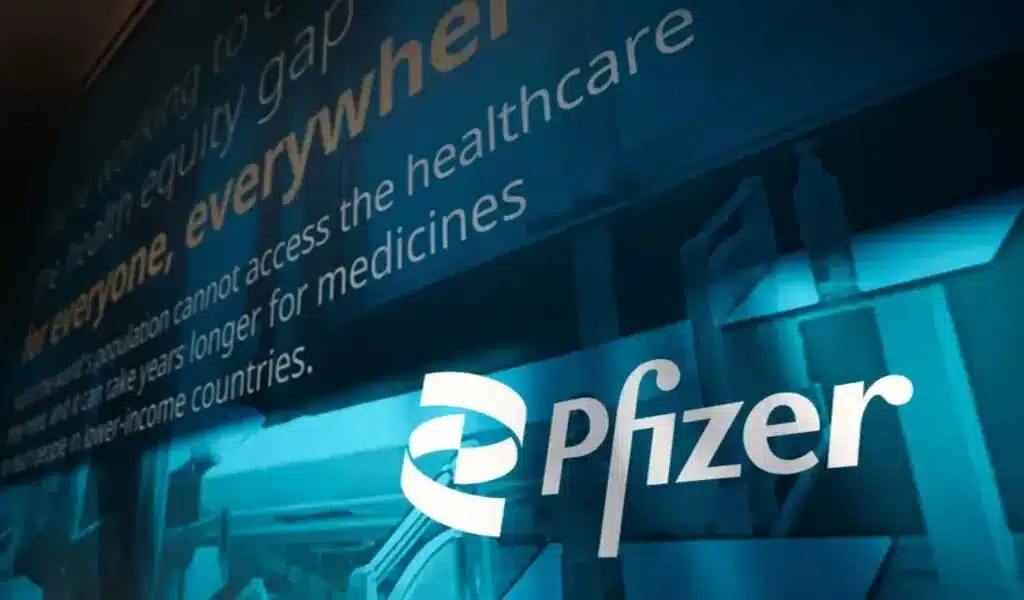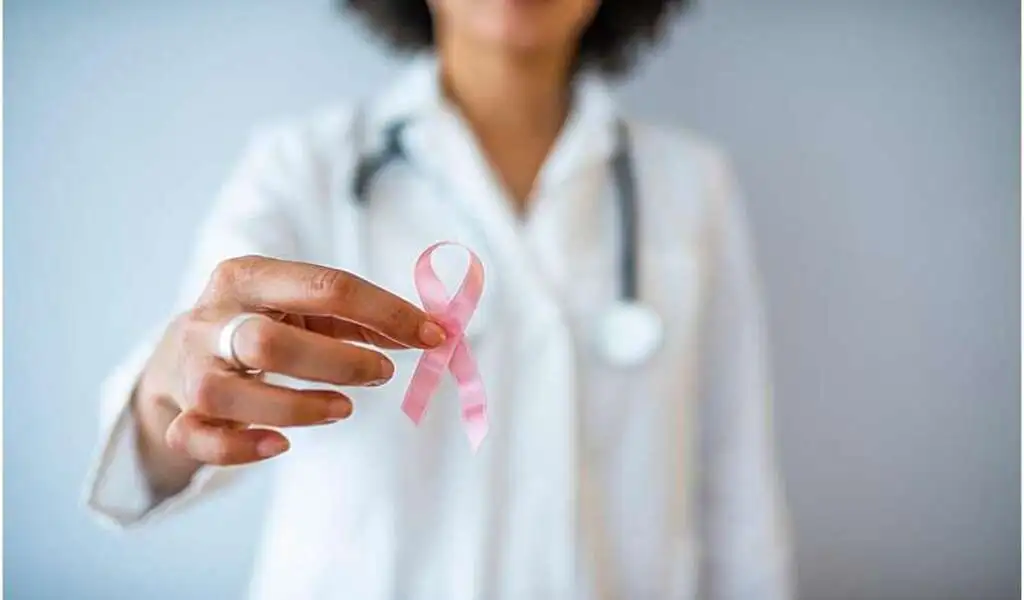Health
How Long Does Ukrainian Surrogacy Take?

Surrogacy: This question is being asked by every couple.
The easy answer is between 11-17 months.
The more detailed answer to how long the surrogacy journey takes is that it depends on many factors and on luck. Some things can be completely controlled, and others, like the timing of a surrogate’s menstrual cycle, are a bit out of the hands.
The Documentation Process:
Preparing medical and legal documents should go quickly at the beginning, not more than 1-2 months. It takes less than 3 weeks or more than 3 months, to be precise. We provide all the instructions and walk a client through the whole process. However, there are some issues that have to be done only by the client, such as signing the documents, getting them notarized, apostilled or legalized in the specific way necessary in a home country and state.
Medical Feedback:
Checking with doctors about the intended parents’ test results before starting will provide feedback to help a couple make the best decision about the type of surrogacy to pursue, and the program to ensure success without overpaying more than is needed.
Shipping:
Shipping sperm, eggs and/or embryos come next or travelling to Ukraine to do the stimulation and egg retrieval there.
Donor Matching:
Donor matching depends on the particular requirements. A handful of donor profiles are provided to the biological parents and more and more different options are sent until the best match is found. All proposed donors are fully screened and available during the requested timeframe. This process can take days or weeks as there are lots of donors, but only one who a couple will love can be considered perfect.
Donor Stimulation and Egg Retrieval:
Once a donor is chosen, it is necessary to wait for the cycle, after that the stimulation and egg retrieval will take about 10 days.
IVF With ICSI And Embryo Cultivation:
As soon as eggs are retrieved either from the intended mother or donor, they are fertilized with the biological father’s sperm. The embryos are cultured for 5-6 days.
PGD testing:
Preimplantation Genetic Testing (PGD-A or NGS) identifies genetic abnormalities in embryos that can lead to miscarriages and birth defects. Most couples decide to do PGD testing on viable blastocysts. This process takes about 3 weeks for results.
Surrogate Matching:
Once happy embryos are ready to go, a client will be matched with a surrogate. There are always surrogates available right away. Like with donors, it needs to be someone to feel comfortable and confident with. This process can take a week or a month.
Surrogate Stimulation for Embryo Transfer:
For surrogate stimulation, it takes 45-60 days depending on a cycle of Surrogate before transferring the embryo.
Wait for Pregnancy Test Results:
Then ten days before the pregnancy test.
Making the Process Shorter:
This process can be faster if to choose donors and surrogates that are ready to go in their cycle, completing documentation quickly and getting us started planning to ship as early as possible.
Working with an experienced trustworthy agency to steer you smoothly through the process will make a huge difference. Agencies like Delivering Dreams Surrogacy Agency have more than 10 years of experience. As an independent agency working with multiple clinics, they answer only to biological couples.

Slowing The Process Down:
There are also opportunities to slow things down. Why? If a client wishes to spread out the payments. Since the payments happen according to events and not dates, upon request the documentation process starts and delays at several points – before the client or donor starts stimulation and before a surrogate starts stimulation.
This can allow spreading out the payments over a much longer time if desired. Sometimes couples delay the process to try to avoid local holidays, aim for time with holiday or time off from work and can travel or avoid cold weather.
Additional Factors That May Influence Timing and Delays:
There are some potential causes of delays beyond anyone’s control to give an understanding of the unexpected nature of biology:
- A transportation problem or terrible weather might prevent a donor or surrogate from getting to an appointment and the Surrogate might have to skip a cycle
- Vaccinations are now openly available. A request for a specific vaccine or waiting period might cause a delay.
- A donor or surrogate might not ovulate in a particular month, or menstruate early
- A donor or surrogate might not react perfectly to stimulation and might need to be changed
- A donor or surrogate might have a cold or other mild issue which will delay treatment to ensure the best results
- A transfer might not work
Newborn Exit Process:
After the pregnancy and delivery, the timing of getting exit documentation depends on the home country. US and Ireland are usually the fastest, the UK takes the longest. We expedite everything to minimize a stay.
An agency’s job is to do its best to meet all expectations; there are things that can throw the timing off. Holidays, menstrual cycles and biology do not follow the schedule we would like.
One thing is certain. Nothing will begin before you take the first step. Now is the time to start.
People Also Check:

Health
Report Causes Pfizer Stock to Climb Approximately $1 Billion Acquired by Starboard

(VOR News) – According to a rumor that activist investor Pfizer Starboard Value has taken a holding in the struggling pharmaceutical business that is expected to be worth around one billion dollars, the stock of Pfizer (PFE) is on the increase in premarket trading on Monday.
This comes after the report was made public. The report was made available to the general public following this. Starboard Value was successful in moving forward with the acquisition of the position.
Starboard is said to have approached Ian Read, a former chief executive officer of Pfizer, and Frank D’Amelio, a former chief financial officer, in order to seek assistance with its goals of boosting the performance of the company, according to the Wall Street Journal. Read and D’Amelio are both former Pfizer executives.
The purpose of this is to facilitate the accomplishment of its objectives, which include enhancing the overall performance of the firm.
In their previous jobs, D’Amelio and Read were chief financial officers.
It is stated in the report that the hedge fund is of the opinion that Pfizer, which is currently being managed by Albert Bourla, who succeeded Read as Chief Executive Officer (CEO) in 2019, does not demonstrate the same level of mergers and acquisitions (M&A) discipline that Read did. Bourla took over for Read in 2019. Read was succeeded by Bourla in the year 2019.
Pfizer, a multinational pharmaceutical conglomerate, has made substantial investments in the acquisition of more companies that are involved in the research and development of cancer medicines.
These businesses have been acquired for billions of dollars. The biotechnology company Seagen, which was acquired by Pfizer in the previous year for a price of $43 billion, is included in this category. One of the businesses that can be classified as belonging to this category is Seagen.
In spite of the fact that the S&P 500 Index experienced a 21% increase in 2024.
No major trading occurred in Pfizer stock that year.
Due to the fact that the demand for Pfizer’s COVID-19 vaccines fell after the firm reached its pandemic peak in 2021, the share price of the corporation has decreased by over fifty percent since that time.
This drop has occurred ever since the company’s shares reached their maximum peak, which was during the time that this decline occurred. Not only have they not changed at all, but they have also remained essentially stable. This is in contrast to the S&P 500, which has gained 21% since the beginning of this year.
Recently, the corporation was forced to take a hit when it decided to recall all of the sickle cell illness medications that it had distributed all over the world.
Fears that the prescription could lead patients to experience severe agony and possibly even death were the impetus for the decision to recall the product. In spite of the fact that Pfizer’s stock is increasing by almost three percent as a result of the news that followed the company’s decision, this is the circumstance that has come about.
SOURCE: IPN
SEE ALSO:
New Study Reveals Drinking Soda Pop Increases the Risk of Stroke
The Mpox Vaccine’s Protection Decreases Within a Year; Booster Requirements
Health
New Study Reveals Drinking Soda Pop Increases the Risk of Stroke

A recent report from global research indicates that excessive consumption of coffee or soda pop is associated with an increased risk of stroke, although the intake of black and green tea is correlated with a reduced risk. Excessive consumption of soda pop or coffee warrants caution!
Recent research indicates that it may substantially elevate the risk of stroke.
Consuming four cups of coffee daily elevates the risk of stroke, according to studies, although ingesting 3-4 cups of black or green tea daily typically offers protection against stroke. Additionally, consume more coffee; it may reduce your risk of mortality.
Recent findings from global research studies co-led by the University of Galway and McMaster University, alongside an international consortium of stroke researchers, indicate that soda, encompassing both sugar-sweetened and artificially sweetened variants such as diet or zero sugar, is associated with a 22 percent heightened risk of stroke. The risk escalated significantly with the consumption of two or more of these beverages daily.
Stroke Risk Fizzy Drinks and Soda Pop
The correlation between fizzy drinks consumption and stroke risk was most pronounced in Europe, the Middle East, Africa, and South America. Women exhibit the most elevated risk of stroke from bleeding (intracranial hemorrhage) associated with fruit juice beverages. Consuming over 7 cups of water daily diminishes the likelihood of stroke due to a clot.
Researchers observed that numerous items advertised as fruit juice are derived from concentrates and have added sugars and preservatives, potentially negating the advantages often associated with fresh fruit and instead elevating stroke risk.
Fruit juice beverages were associated with a 37 percent heightened risk of stroke resulting from bleeding (intracranial hemorrhage). Consuming two of these beverages daily increases the risk thrice.
Consuming over four cups of coffee daily elevates the risk of stroke by 37 percent, although lower consumption levels do not correlate with stroke risk. Conversely, tea consumption was associated with an 18-20 percent reduction in stroke risk. Additionally, consuming 3-4 cups daily of black tea, such as Breakfast and Earl Grey varieties, excluding green and herbal teas, was associated with a 29 percent reduced risk of stroke.
Consuming 3-4 cups of green tea daily was associated with a 27 percent reduction in stroke risk. Notably, the addition of milk may diminish or inhibit the advantageous effects of antioxidants present in tea. The lower risk of stroke associated with tea consumption was negated for individuals who added milk.
Disclaimer: This article is intended solely for informational reasons and should not be considered a replacement for professional medical counsel. Consistently consult your physician regarding any inquiries pertaining to a medical problem.
Related News:
Starbucks Faces Sales Decline Amid Price Fatigue and Rising Competition
Starbucks Faces Sales Decline Amid Price Fatigue and Rising Competition
Health
Following a Diagnosis of Breast Cancer, What Else Should You Know?

(VOR News) – Even though breast cancer affects one in eight American women, receiving a diagnosis can make a woman feel isolated.
Experts in breast cancer from the American College of Physicians (ACS) advise patients on how to manage their disease so that they may better cope with this awful information.
First, the kind and stage of breast cancer dictates the course of your care.
In addition to immunotherapy and chemotherapy, there are various surgical options available for the treatment of breast cancer.
Women of African descent are disproportionately affected by triple-negative breast cancer, an extremely aggressive form of the disease that has never proven easy to treat.
According to the American Cancer Society, pembrolizumab (Keytruda), an immunotherapy, has been shown to be helpful when combined with chemotherapy and is currently the recommended course of treatment for certain combinations of triple-negative breast cancer.
In her presentation, Dr. Katharine Yao said, “It’s really important that the patient and physician discuss the patient’s preferences and values when deciding what type of treatment to pursue and that they have an honest, individualized discussion with their care team.”
She is currently responsible for developing breast cancer treatment recommendations for more than 575 hospitals and institutions nationwide in her role as chair of the American College of Surgeons’ National Accreditation Program for Breast Institutions (NAPBC).
Yao, vice chair of research at Endeavor Health NorthShore Hospitals in New York, pointed out that each decision made about a patient’s treatment plan should take her preferences and diagnosis into consideration.
She ought to think about whether she would prefer a mastectomy—a surgical procedure that involves removing the entire breast with or without reconstruction—or a lumpectomy, which involves a surgical procedure that spares part of the breast tissue.
She stated that “the breast cancer you have may be very different from the breast cancer you hear about in your neighbor, colleague, or friend” in a press release issued by the American Cancer Society (ACS).
“Consider that while discussing breast cancer with others.”
Throughout your journey, it is critical that you look after your emotional health because having breast cancer may have a detrimental impact on your mental health.
“Getting a cancer diagnosis does not mean that everything in your life stops to be normal.” Director of the Fellowship in the Diseases of the Breast program at the Winthrop P. Rockefeller Cancer Institute at the University of Arkansas and state head of the American Cancer Society Commission on Cancer for Arkansas, Dr. Daniela Ochoa She thinks adding the burden of a cancer diagnosis and treatment to all the other pressures in life may be taxing.
“Managing stress and emotional health is vital component of a treatment plan.”
Ochoa recommends clinically trained psychologists and social workers who have assisted people in coping with cancer to anyone receiving treatment. Learning coping techniques might also be facilitated by joining cancer support groups or cancer wellness initiatives.
Breast cancer specialists say your care team is crucial.
The American Cancer Society (ACS) defines comprehensive care as having support at every stage of the procedure from surgeons, oncologists, patient navigators, nurses, social workers, psychologists, and other specialists.
After receiving a breast cancer diagnosis, women should see a surgeon or medical oncologist to explore their options; nevertheless, treatment shouldn’t be discontinued after just one appointment or after surgery is over.
Additionally, you can ask trustworthy friends or family members to accompany you to appointments and aid you with research or notes. They could serve as a network of support for you.
Yao stated in his talk that “one of the most important things is that patients should search out a team they have confidence in, that they trust will have their back when they need it, and a team they feel they can get access to and that will help them when they are in need.”
SOURCE: MP
SEE ALSO:
The Mpox Vaccine’s Protection Decreases Within a Year; Booster Requirements
COVID was a Paradigm Shift in Health Policymaking, Says Commissioner Stella Kyriakides.
Rwanda Reports 8 Deaths Linked To Ebola-Like Marburg Virus Days After It Declared An Outbreak
-

 News3 years ago
News3 years agoLet’s Know About Ultra High Net Worth Individual
-
Entertainment2 years ago
Mabelle Prior: The Voice of Hope, Resilience, and Diversity Inspiring Generations
-

 Health3 years ago
Health3 years agoHow Much Ivermectin Should You Take?
-

 Tech2 years ago
Tech2 years agoTop Forex Brokers of 2023: Reviews and Analysis for Successful Trading
-

 Lifestyles3 years ago
Lifestyles3 years agoAries Soulmate Signs
-

 Movies2 years ago
Movies2 years agoWhat Should I Do If Disney Plus Keeps Logging Me Out of TV?
-

 Health3 years ago
Health3 years agoCan I Buy Ivermectin Without A Prescription in the USA?
-

 Learning2 years ago
Learning2 years agoVirtual Numbers: What Are They For?